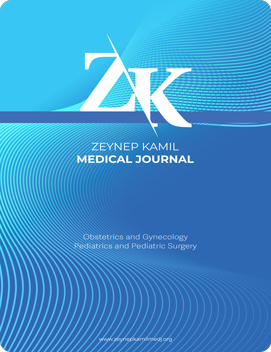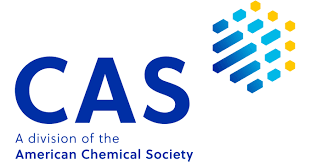Quick Search
Prediction of prognostic factors in endometrial cancer with PET-CT imaging
Varol Gülseren1, Mehmet Dolanbay2, Mine Dağgez1, Ümmühan Abdülrezzak3, Fulya Çağlı2, Ahmet Tutuş3, Bülent Özçelik1, Serdar Serin1, Kemal Güngördük41Division of Gynecologic Oncology, Department of Obstetrics and Gynecology, Erciyes University Faculty of Medicine, Kayseri, Turkey2Department of Obstetrics and Gynecology, Erciyes University Faculty of Medicine, Kayseri, Turkey
3Department of Nuclear Medicine, Erciyes University Faculty of Medicine, Kayseri, Turkey
4Division of Gynecologic Oncology, Department of Obstetrics and Gynecology, Mugla Sitki Kocman University Faculty of Medicine, Mugla, Turkey
INTRODUCTION: The aim of our study is to evaluate the lymphovascular space involvement (LVSI) status using preoperative fluorine-18 (18F) fluorodeoxyglucose (FDG) positron emission tomography/computed tomography (PET-CT) imaging.
METHODS: This retrospective study was based on a review of the records of patients who were diagnosed with endometrial cancer (EC) and underwent hysterectomy between January 2014 and 2021. The thickness, volume of the uterine lesion, and its standardized uptake value (SUVmax) as obtained using 18F-FDG PET-CT and pathology results of hysterectomy specimens were recorded.
RESULTS: All 151 patients included in the study had endometrioid-type cancer. Recurrence was observed in 22 (14.6%) patients. To predict LVSI, deep myometrial invasion, cervical involvement, and lymph node (LN) metastasis preoperatively, ideal SUVmax values in PET-CT were analyzed according to receiver operating characteristic (ROC) analysis. Deep myometrial invasion, cervical involvement, LVSI, and LN metastasis, which are poor prognostic factors, were found to be significantly more common in high SUVmax values (≥14.65). The 5-year disease-free survival was 92.0% at low SUVmax and 71.1% in patients with high SUVmax values (p=0.004). Patients with low SUVmax had a higher mean 5-year overall survival than patients with high SUVmax (97.3% & 71.8%; p<0.001).
DISCUSSION AND CONCLUSION: In order to predict the presence of LVSI in the preoperative period, the SUVmax value of the uterine lesion on PET-CT can be used. It may be helpful in planning the extent of the surgery and the level of LN dissection.
Manuscript Language: English
















